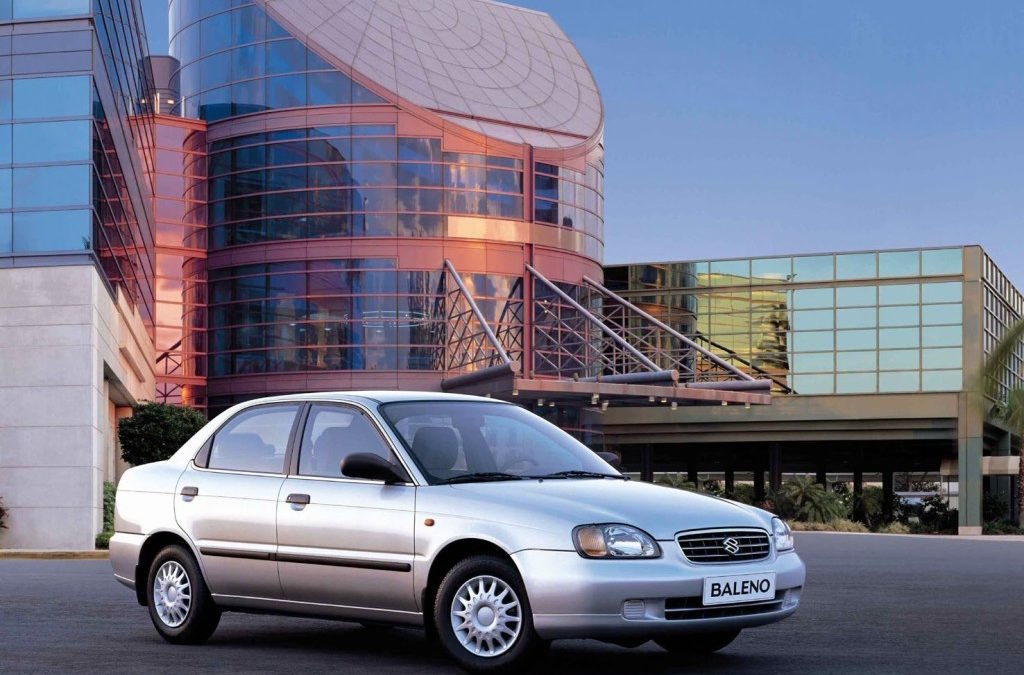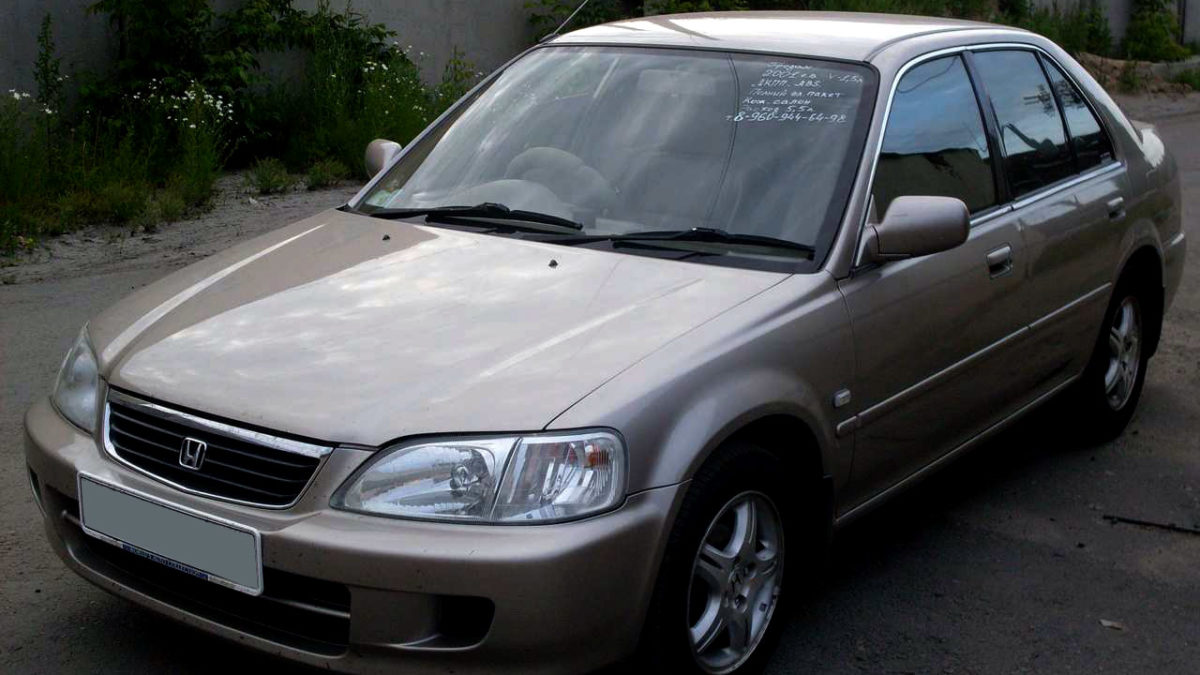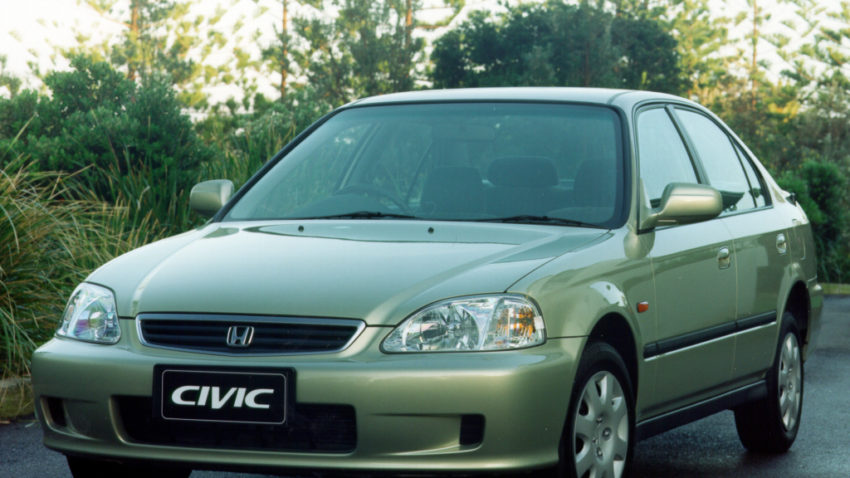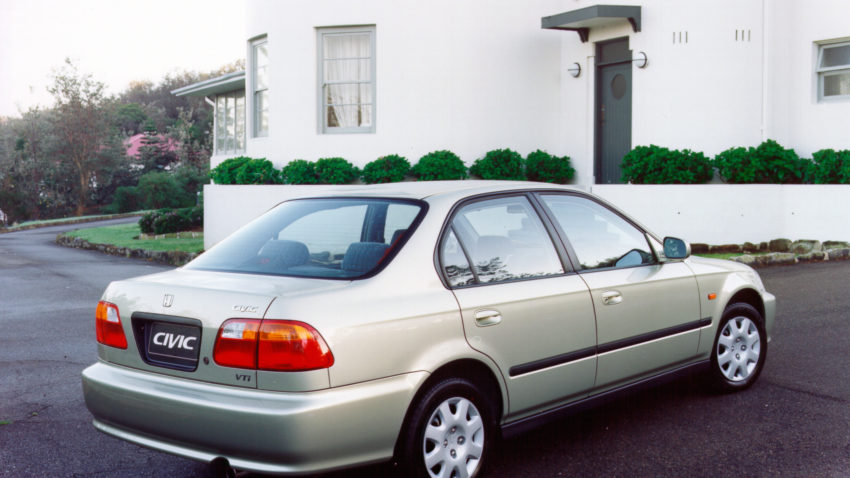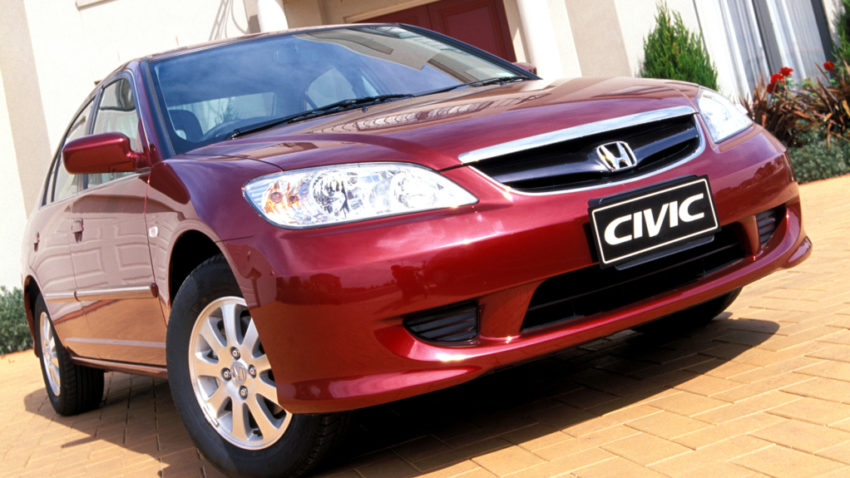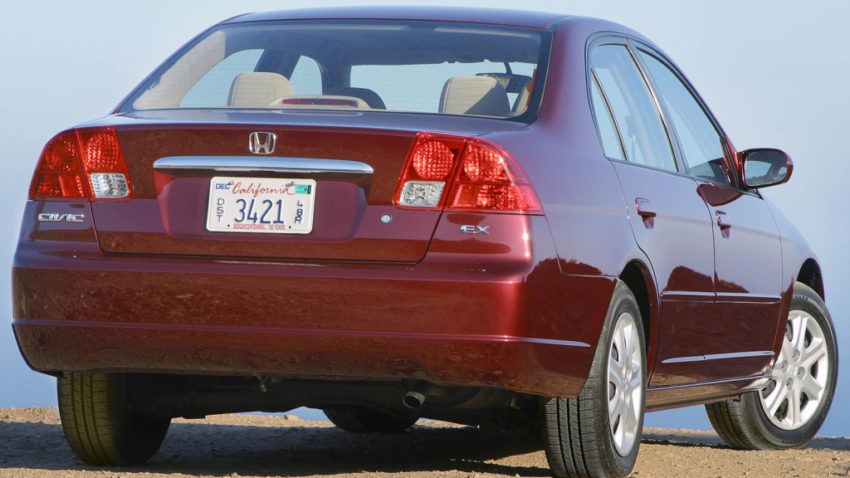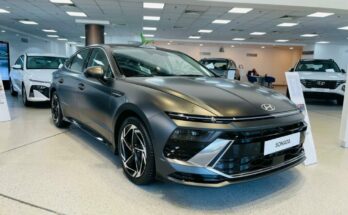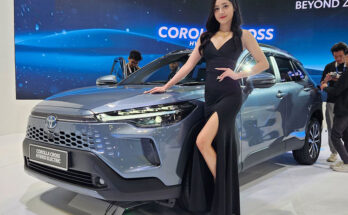An automobile facelift, often regarded as mid-generation refresh or minor model change, are the changes that are made to a vehicle’s styling during its production run. These include exterior/ interior design elements or mechanical changes allowing a carmaker to freshen a model without complete redesign.
A facelift retains the basic styling and platform of the car, with aesthetic alterations, like changes to the front fascia (grille, headlights), taillights, bumpers, instrument panel and center console, and various body or interior trim accessories. Mechanical changes may include engine, suspension or transmission upgrades.
In recent times, an automobile is generally designed for a 6-year period. After about 3 years, carmakers introduce a facelift to keep the model fresh for another few years before the new model replaces it. In some cases however, the facelift is so well received by the consumers that it actually starts to sell considerably more than its pre-facelift versions.
Few such examples can be found in our market when the facelift not only helped the carmakers to keep the model fresh, it actually helped boost the sales of those model and were considered more popular than the pre-facelift versions.
Suzuki Baleno Facelift 2002
Pak Suzuki launched the Baleno sedan in 1998 replacing the Suzuki Margalla. For the first few years the Baleno was unable to match the success of its predecessor. The highest sales for the Baleno (pre-facelift) were recorded in year 1999-2000 when 2,883 units were sold which was way less than that of Suzuki Margalla.
Baleno’s sales again took a dip and were literally cut into half when in year 2000, Honda launched the City SX8 facelift. As a result sales of Suzuki Baleno were reduced to just 1,484 units in 2000-01 and 1,188 in 2001-02.
In 2002, Pak Suzuki introduced the Baleno facelift with a revised & smarter front-end, improved upholstery and an engine immobilizer. This improved the dying sales of the Baleno as it managed to sell 2,588 units in 2002-03 which was twice as much compared to the pre-facelift Baleno.
Baleno was sold for a period of 8 years in Pakistan, with the first 4 years of pre-facelift and latter 4 with facelift version. The cumulative sales for the Pre-facelift Baleno (1998-2001) are 7,600 units while the Baleno Facelift (2002-2005) are 15,702 units which is more than double of the pre-facelift sales!
Honda City SX8 Facelift 2001
On January 2000, Honda introduced the City SX8 facelift in Pakistan which is often regarded as the most celebrated facelifts in our market. Honda ran special promotions including a music video featuring the then supermodel Amna Haq, the song was sung by Ali Noor of Noori and was aired quite a lot on TV channels back then.
The City SX8 facelift comprised of improved and aggressive front-end styling, redesigned bumpers and tail lights coupled with different boot lid. Interior changes include a 4-spoke steering wheel, upgraded instrument panels, upgraded door panels and power windows switches. The carburetor engine was replaced with a fuel injected unit and an automatic transmission option was also available.
The Honda City SX8 facelift available between 2000 to 2003 sold more than twice compared to the sales figures of its rival Suzuki Baleno. In FY 2001-02 the City facelift sold 3,382 units compared to 1,188 units of pre-facelift Baleno, while in FY 2002-03 when the Baleno facelift sold 2,588 units, City SX8 facelift sold 3,749 units.
Honda Civic 6th generation Facelift 1999
Honda’s in the past had an art of throwing some sensational facelifts, something that is missed in the current breed of their cars. In 1996 the Japanese Car of the Year award winner, 6th generation Honda Civic was introduced in Pakistan and it was mesmerizingly impressive. However the 6th gen facelift that arrived 3 years later in 1999 started to make its pre-facelift award winner look dull.
The facelift carried a slightly different front-end, different bumper designs and revised large tail lights. The ‘Oriel’ trim with sunroof was also introduced in this version. The 6th gen facelift is often regarded as the most beautiful Honda Civic to grace our roads.
Honda Civic 7th generation Facelift 2004
Honda introduced the 7th generation Civic in 2001. It was a time when the Toyota Corolla was in its 9th year of production in the country. In 2002, the 9th generation Corolla was launched and offered a lot more than the 7th gen Civic.
The sales of Corolla and Civic started to show a contrasting difference as the Civic missed features such as optitron speedometer, beige interior, crystal head lamps and LED tail lights etc. These features were later added to the 7th gen Civic in 2003 but the sales were only slightly improved from 4,637 units to 6,097 units per year until the facelift arrived in 2004.
Called in our market as ‘Eagle Eye’ the facelift completely transformed the 7th gen Civic persona and boosted the sales from 6,097 units in 2003 to 12,352 units in 2004. Although the changes were made to the front-end only, this Civic facelift become so popular that owners of pre-facelift models started to sell off their cars only to get the new one.
Which one according to you has been the most successful facelift in Pakistan?

A computer animation professional with over 23 years of industry experience having served in leading organizations, TV channels & production facilities in Pakistan. An avid car enthusiast and petrolhead with an affection to deliver quality content to help shape opinions. Formerly written for PakWheels as well as major publications including Dawn. Founder of CarSpiritPK.com

